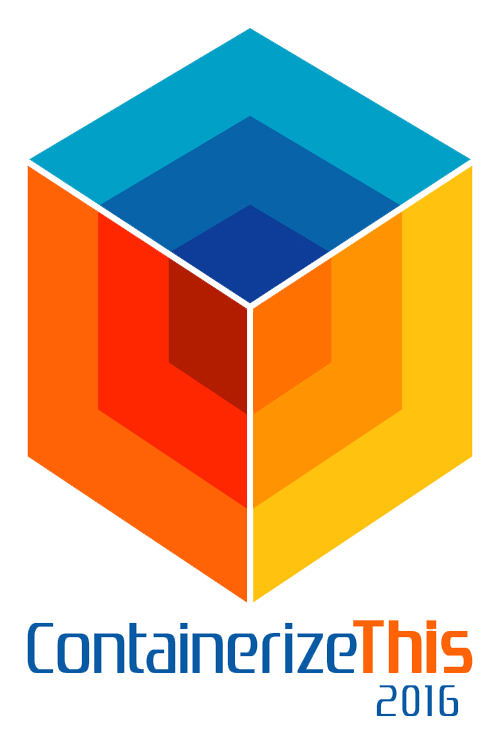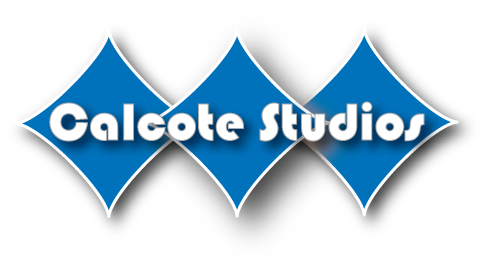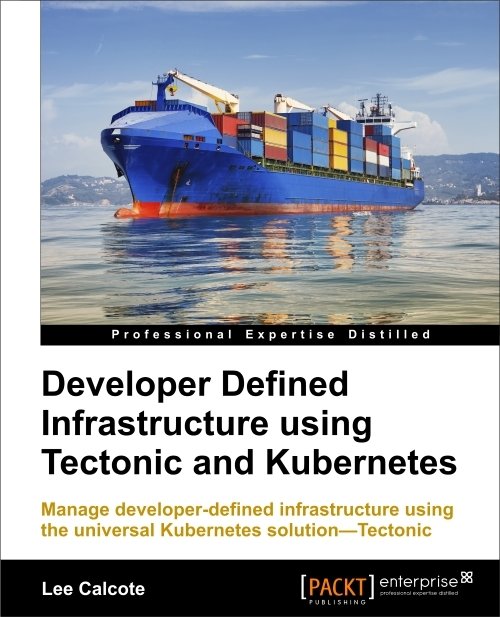From Engines to Orchestrators


Lee Calcote
Sept 30th, 2016
Lee Calcote
clouds, containers, infrastructure, applications
and their management

Show of Hands




Types of Containers
System Containers
- Like a VM
- Full OS image
- Multiple processes
Application Containers
- Single process
-
Use namespaces to deal with resource isolation for a single process.
-
Use cgroups to manage resources for a group of processes.
Similarities:

- rkt
- docker
- runC
- kurma
---
- containerd
- systemd-nspawn
- OpenVZ
- Solaris Zones
- BSD jails
- Linux-VServer
- AIX WPARs
- LXC
----
- LXD
- CGManager
- machinectl
----
- qemu-kvm, lkvm
System Container Engines
Application Container Engines
Container Specifications



Implemented by -
- runC is the reference implementation
- runV is a hypervisor-based runtime
- cc-oci-runtime launches an Intel VT-x secured Clear Containers 2.0 hypervisor


Get Started with your Engines
and get your engines started

Popular Engine
process models

rkt executes as CLI; no daemon
Can run Docker Images and also App Container Images (ACIs)
Security has been a focal concern
uses HTTPS to locate and download remote ACIs and their attached signatures
-
Docker Engine runs a daemon
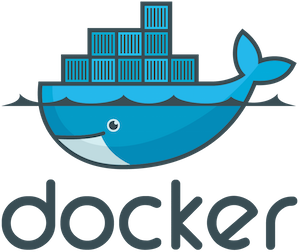
rkt
systemd
$ rkt run postgres
application
systemd
$ docker run postgres
application
Docker Engine
containerd
runC
Definition:
[ awr -k uh -streyt -or]

[k uh n- tey-ner]
Core
Capabilities
-
Cluster Management
-
Host Discovery
-
Host Health Monitoring
-
-
Scheduling
-
Orchestrator Updates and Host Maintenance
-
Service Discovery
-
Networking and Load-Balancing
Additional
Key Capabilities
-
Application Health Monitoring
-
Application Deployments
-
Application Performance Monitoring


One size does not fit all.
A strict apples-to-apples comparison is inappropriate and not the objective, hence characterizing and contrasting.

Kubernetes

Genesis & Purpose
-
an opinionated framework for building distributed systems
-
or as its tagline states "an open source system for automating deployment, scaling, and operations of applications."
-
-
Written in Golang, Kubernetes is lightweight, modular and extensible
-
considered a third generation container orchestrator led by Google, Red Hat and others.
-
bakes in load-balancing, scale, volumes, deployments, secret management and cross-cluster federated services among other features.
-
-
Declaratively, opinionated with many key features included


Docker Swarm

Genesis & Purpose
-
Swarm is simple and easy to setup.
-
Swarm is responsible for the clustering and scheduling aspects of orchestration.
-
Originally an imperative system, now declarative
-
Swarm’s architecture is not complex as those of Kubernetes and Mesos
-
Written in Golang, Swarm is lightweight, modular and extensible
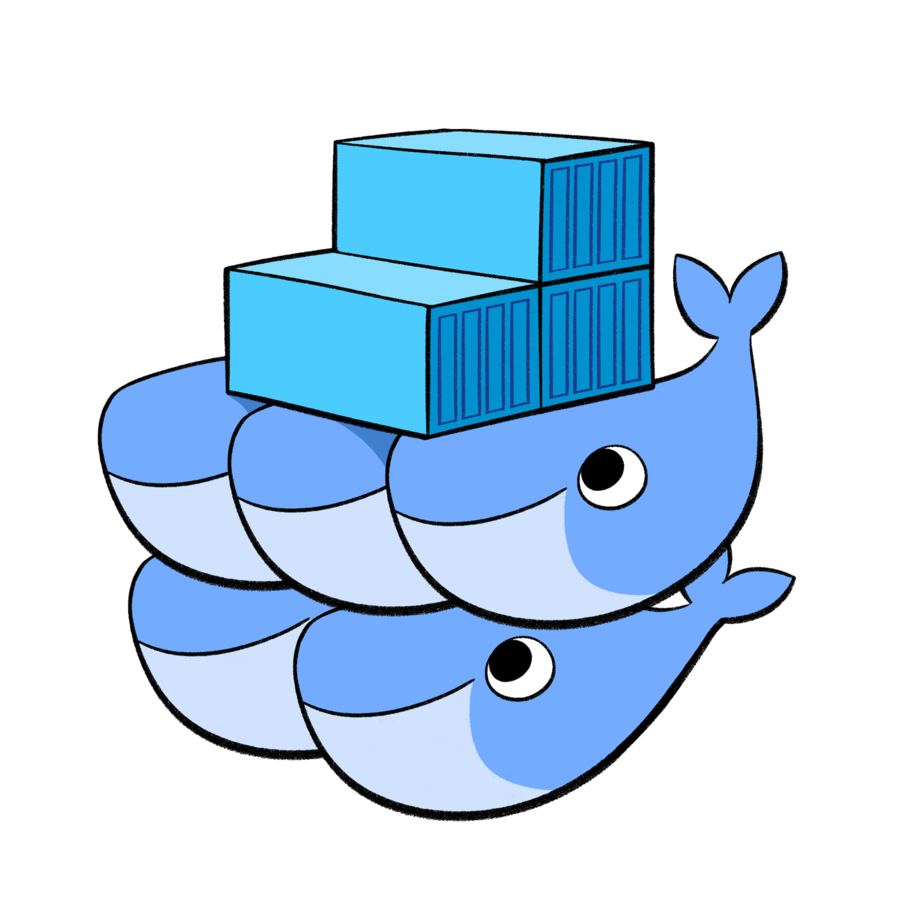

Mesos
+
Marathon

Genesis & Purpose
-
Mesos is a distributed systems kernel
-
stitches together many different machines into a logical computer
-
-
Mesos has been around the longest (launched in 2009)
-
and is arguably the most stable, with highest (proven) scale currently
-
-
Mesos is written in C++
-
with Java, Python and C++ APIs
-
-
Marathon as a Framework
-
Marathon is one of a number of frameworks (Chronos and Aurora other examples) that may be run on top of Mesos
-
Frameworks have a scheduler and executor. Schedulers get resource offers. Executors run tasks.
-
Marathon is written in Scala
-

Summary

A high-level perspective of the container orchestrator spectrum

Lee Calcote





Thank you. Questions?
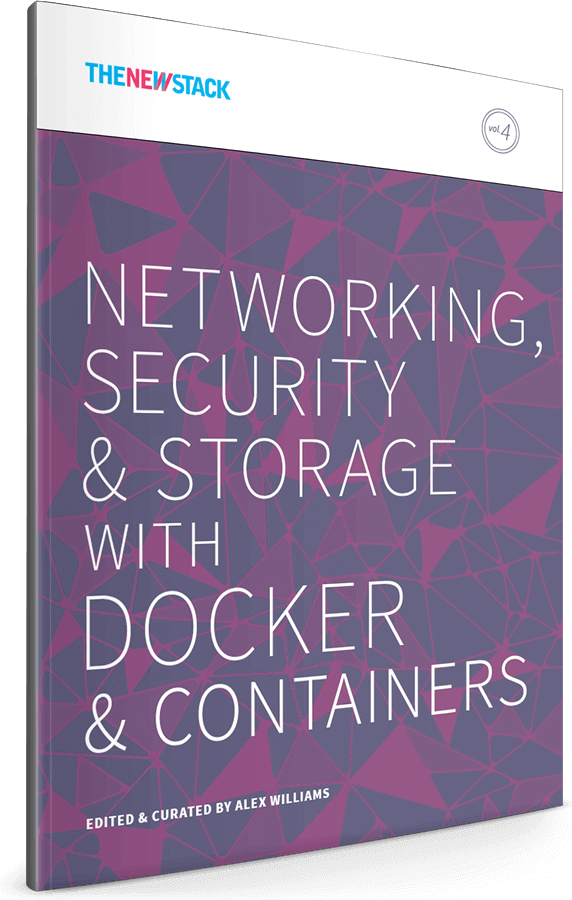
clouds, containers, infrastructure,
applications and their management

